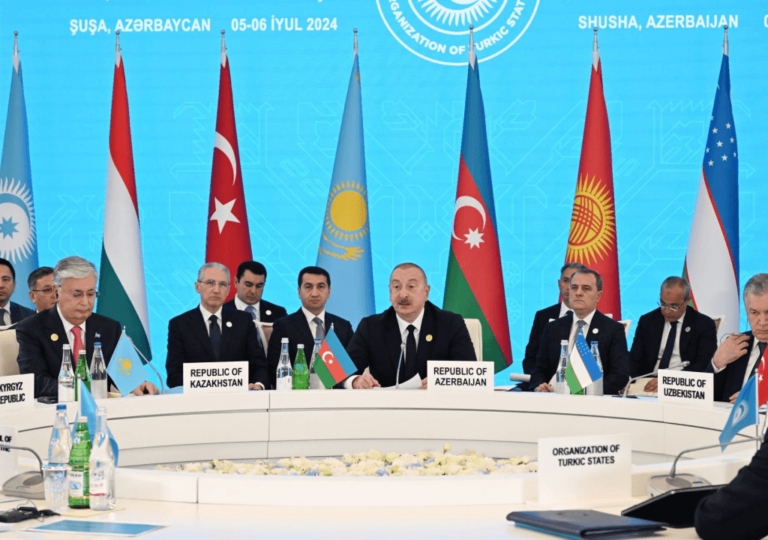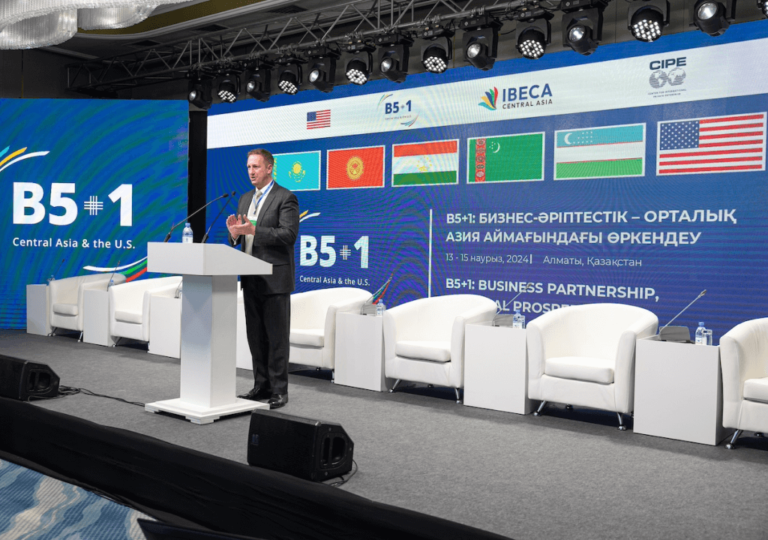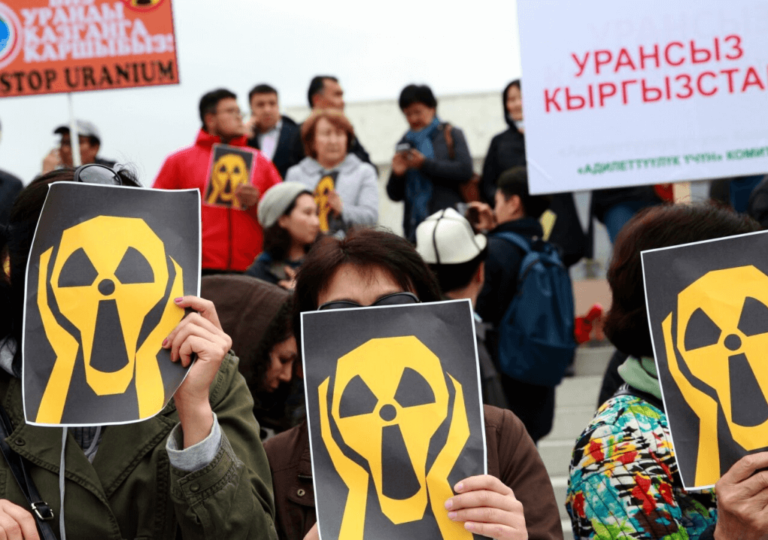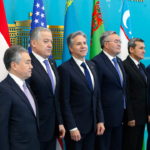Will the Turkic States Group Become a Major International Player?

Turkic states, including Turkey, share common ethnic, linguistic, and cultural ties, forming the Organization of Turkic States (OTS) to strengthen cooperation and protect regional interests.







